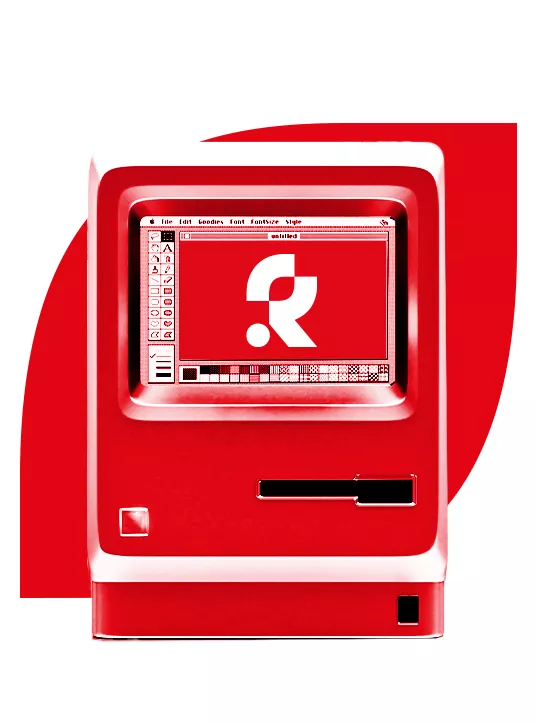Distinctive technology
How do you make sure you stand out among the competition and truly differentiate yourself? The Redkiwi Distinctive Growth Model gives you the right roadmap to overcome this challenge. To address this challenge from all angles, our model is built from four essential building blocks: strategy, creativity, technology and marketing. By giving sufficient attention to each block, communication activities contribute to the desired results. Today we put Technology in the spotlight.
Technology
The focus on technology is important because competition is no longer limited to the physical storefront and because our way of consuming has changed. Technological innovations provide the power to operate effectively in the digital landscape and achieve that desired competitive advantage.





